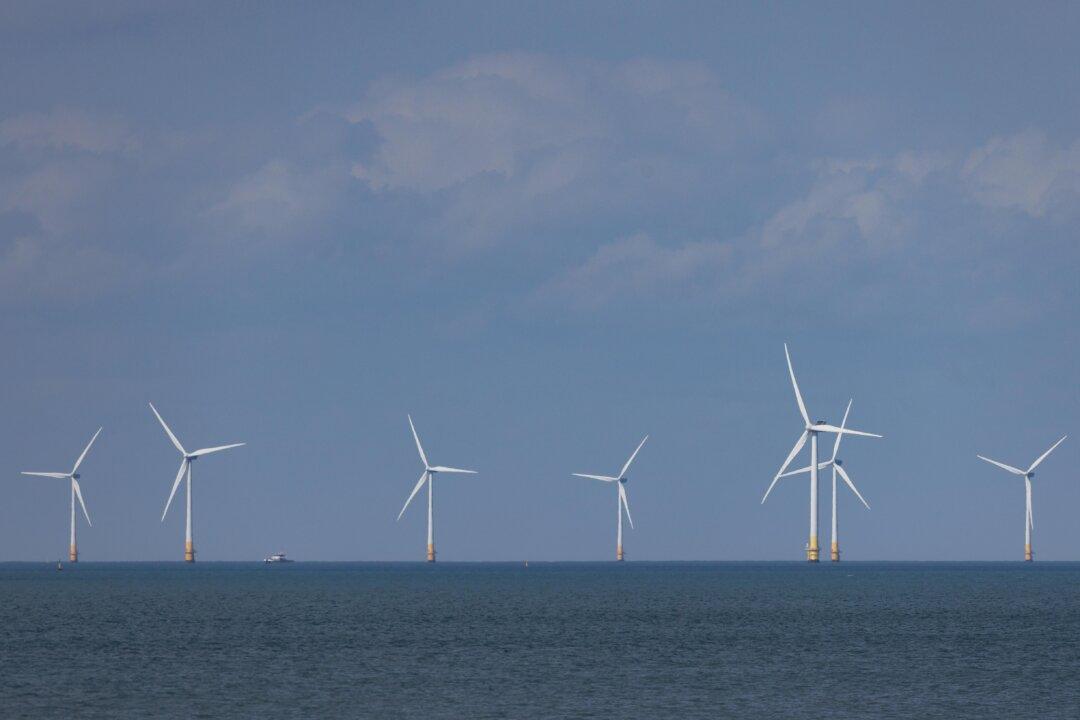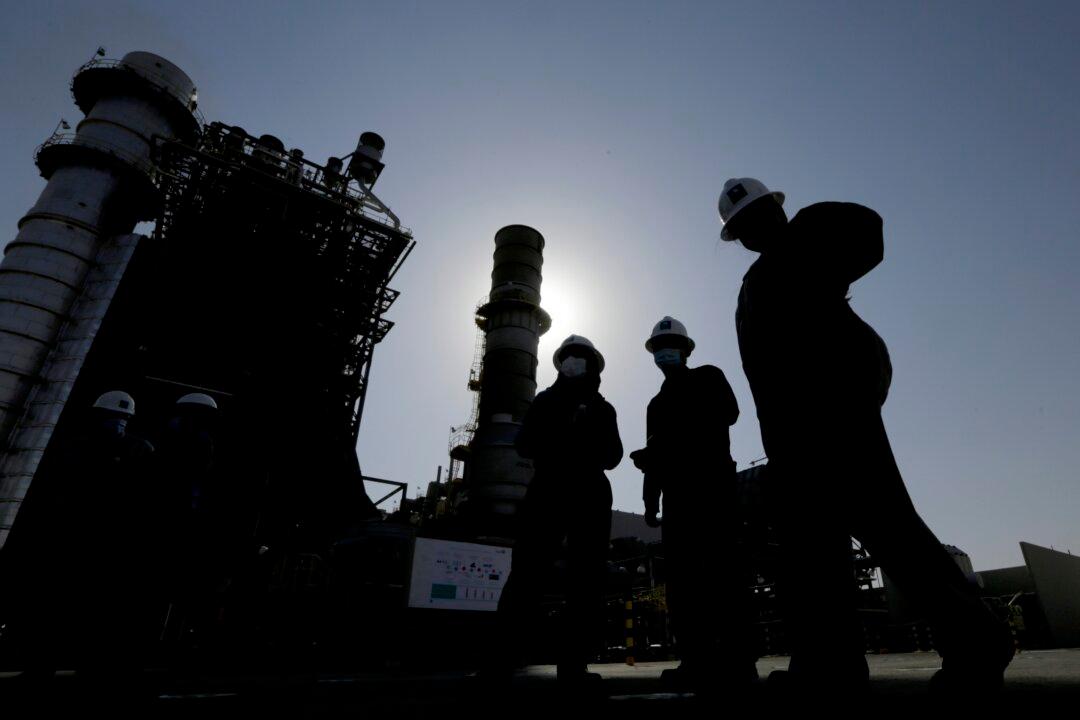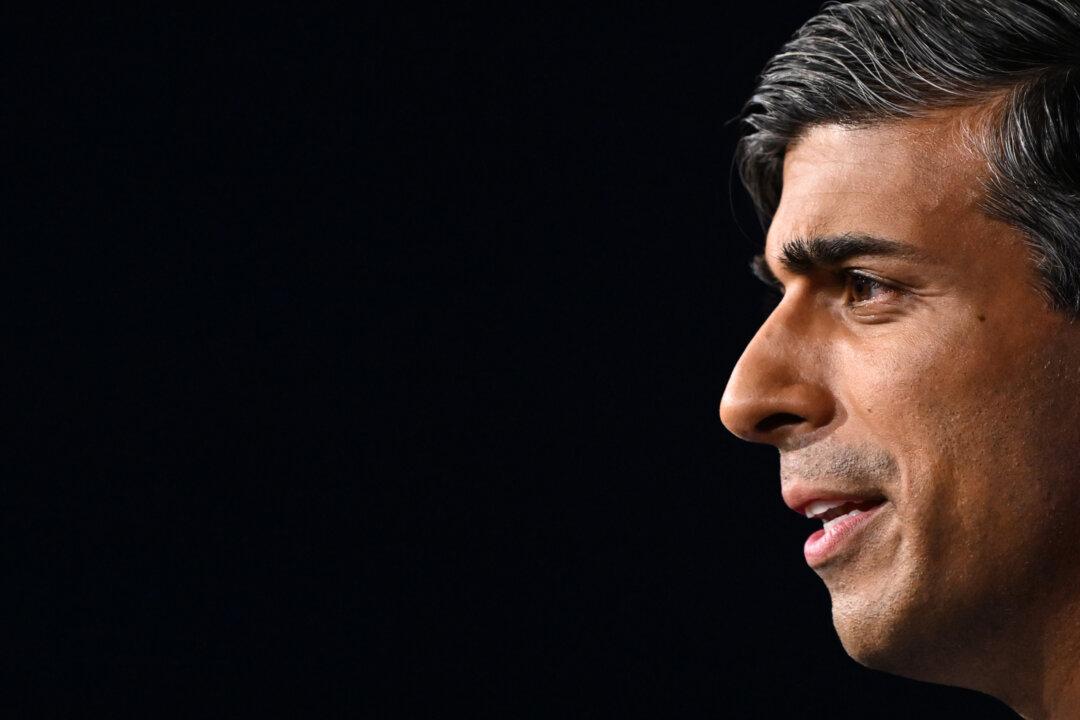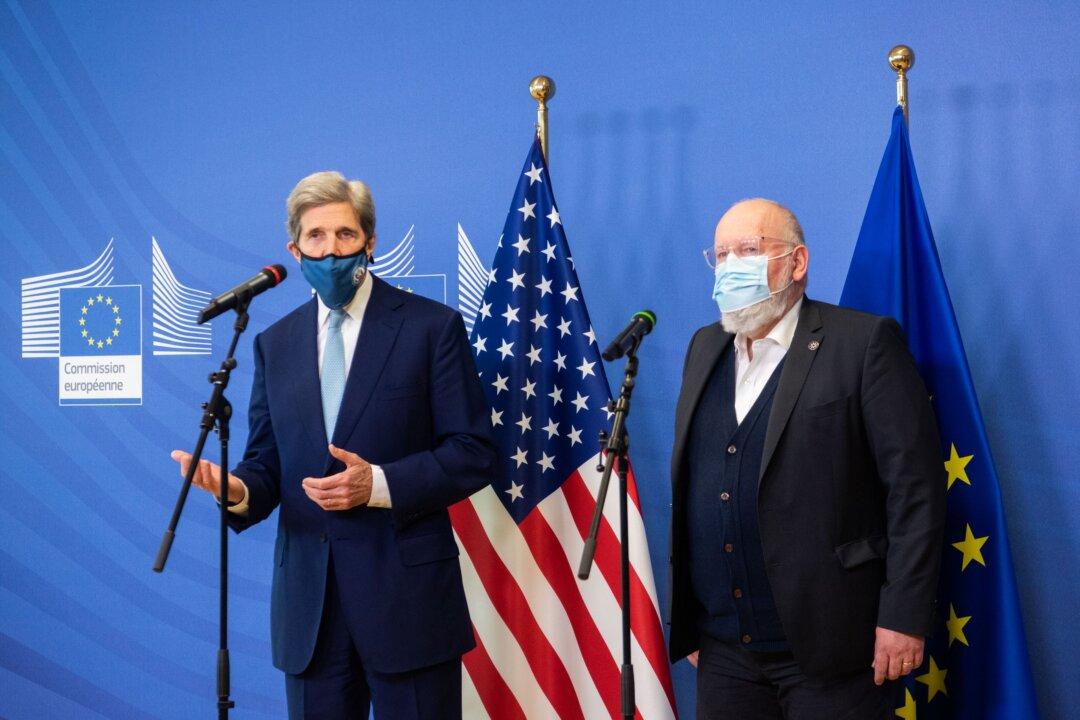Commentary
“This is not about complicated issues of cryptocurrency,” Assistant U.S. Attorney Nicolas Roos declared in the Sam Bankman-Fried trial, after accusing the defendant of building FTX on a “pyramid of deceit.” Much the same can be said about the foundations of Britain’s net-zero experiment.





